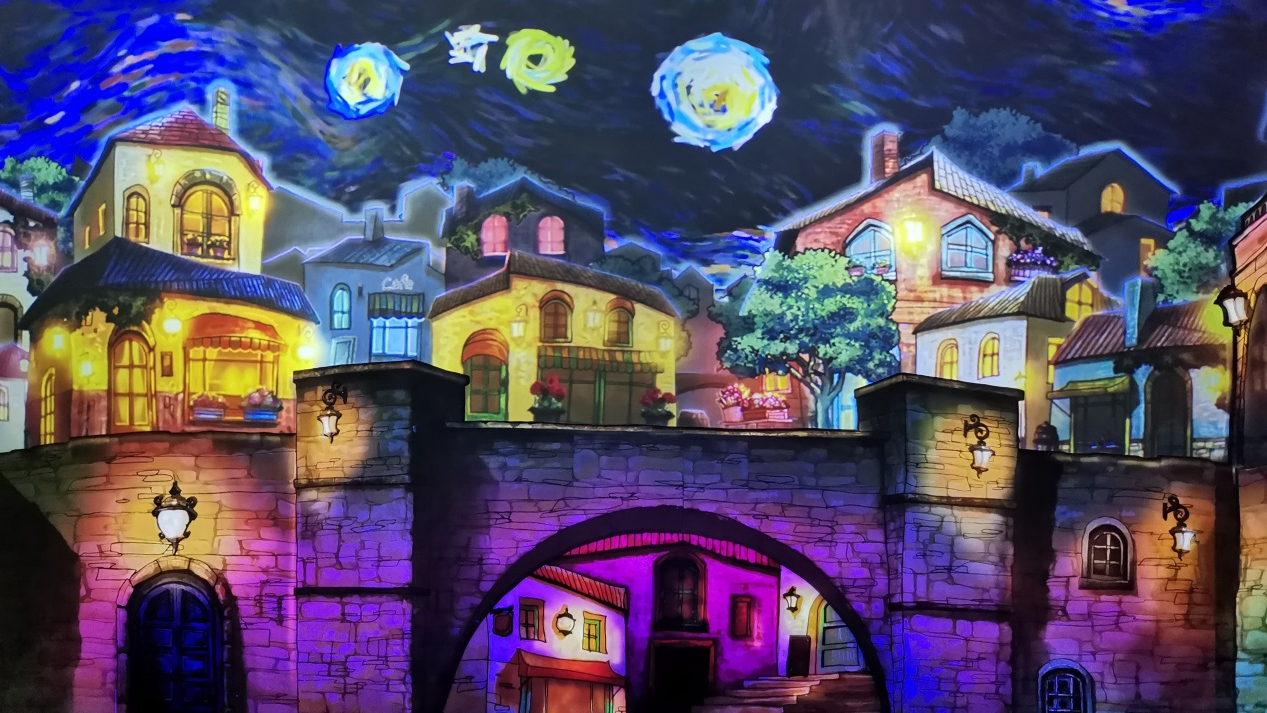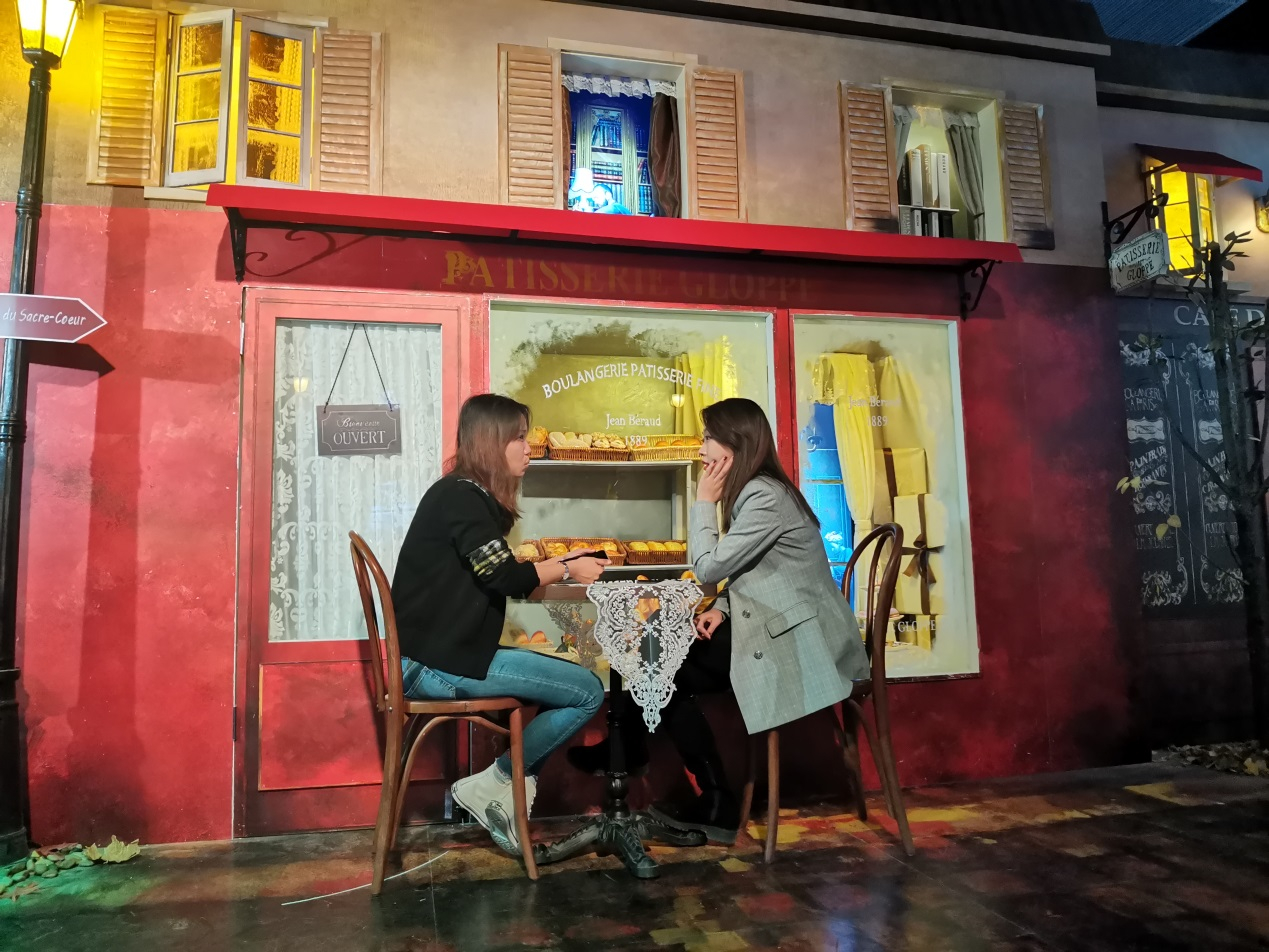03:18

Digital exhibitions are still a novelty for museum visitors. So presenting traditional artworks with AI technology offers an intriguing mixed feeling of familiarity and freshness. At Wangfu Central in Beijing, famous oil paintings and painters of Impressionism met viewers in a contemporary way.
What would the conversation be like when Van Gogh meets Gaugin? And can you imagine Mona Lisa wearing a down-to-earth expression? The digital exhibition tries to bring some of the most important Impressionists of the 19th century and their paintings as close to visitors as possible. It makes extensive use of AI technology.

An artwork displayed at the digital exhibition "L'atelier." /CGTN Photo
An artwork displayed at the digital exhibition "L'atelier." /CGTN Photo
Fun as it is, many raise the question as to what extent such digital exhibitions can be educational. Curator Xie Yinuo explained her initial motivation to import the show from South Korea.
"I believe holding traditional exhibitions in academy-oriented museums is necessary. But the characteristics of visitors vary. For young visitors, and people who don't have a good knowledge about art but still have a desire for art, interactive exhibitions like this one are a better place to go," Xie said.
Echoing that, many of the exhibits do aim at featuring the real scene of the original. Viewers can immerse themselves in 3D paintings like Monet's Water Lilies, or get into Van Gogh's bedroom. And the French city of Arles, where the Dutch-born artist stayed for more than a year, is very much highlighted, like the scenario of "Cafe Terrace at Night." The original coffee shop in Arles is now a busy scenic spot with thousands of patrons every day. But, here at the exhibition, viewers get a chance to see the beauty and quietness that Van Gogh used to witness.

An artwork displayed at the digital exhibition "L'atelier." /CGTN Photo
An artwork displayed at the digital exhibition "L'atelier." /CGTN Photo
Inspired and encouraged by this exhibition, Xie and her team are planning something new. "We are also considering promoting Chinese ink painting, an iconic traditional Chinese art form, among Western audiences using AI technology. Our initial research shows that people in Western countries and Arab countries are quite interested in Chinese art. The point is what kind of artistic language we use to present it," she said.
Promoting classical art in contemporary ways can be both challenging and controversial. But when it comes to new developments in the field of art, Xie believes that diversity always adds to the beauty.